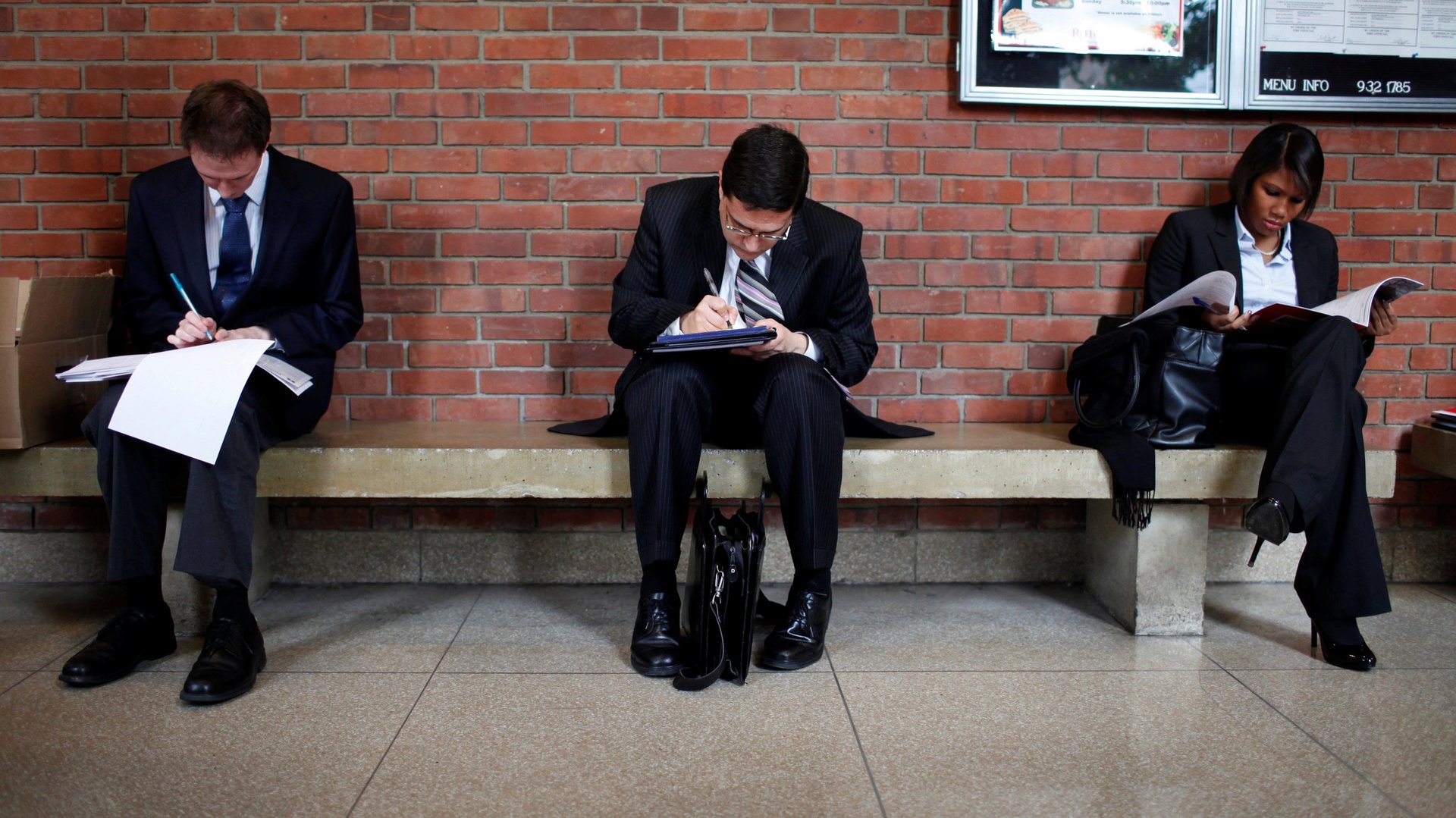America’s community colleges are a lot more valuable than it thought
The local community college gets a bad rep in America. While the most elite of four-year institutions boast graduation rates of 90% or above, community colleges can’t even get a quarter of students to complete their degrees—or so everyone had thought.


The local community college gets a bad rep in America. While the most elite of four-year institutions boast graduation rates of 90% or above, community colleges can’t even get a quarter of students to complete their degrees—or so everyone had thought.
For decades, the US Education Department calculated schools’ official graduation rates based on how many students complete their education within six years of enrollment. This month, after years of debate (paywall), it changed the rules to include part-time and recurring students, extend the time period to eight years, and factor in the number of students transferring to another institution; all three updates are aimed at into taking different types of schooling into consideration.
Per the old measures, only 20% of community college students graduate on schedule. Per the new, recalibrated ones—which capture more than twice as many community-college students in the dataset—the combined graduation and transfer rate of community colleges is actually 60%.
The discrepancies have been due to oversights rather than miscalculations. Students at four-year universities, like the ones in the Ivy League, are typically young adults focusing full-time on their degrees, for example, while those enrolling in community colleges are often older people taking classes part-time while working, meaning they’ll take longer to graduate. Many people also enroll in community colleges as a pathway to eventually transferring out to public or private four-year institutions.
Taking such situations into account, the Education Department finds that community colleges—much cheaper than most other avenues to a degree in the US—are actually quite successful at graduating people into the workforce amid the shifting higher-education landscape.
No wonder Barack Obama wanted to make them free.